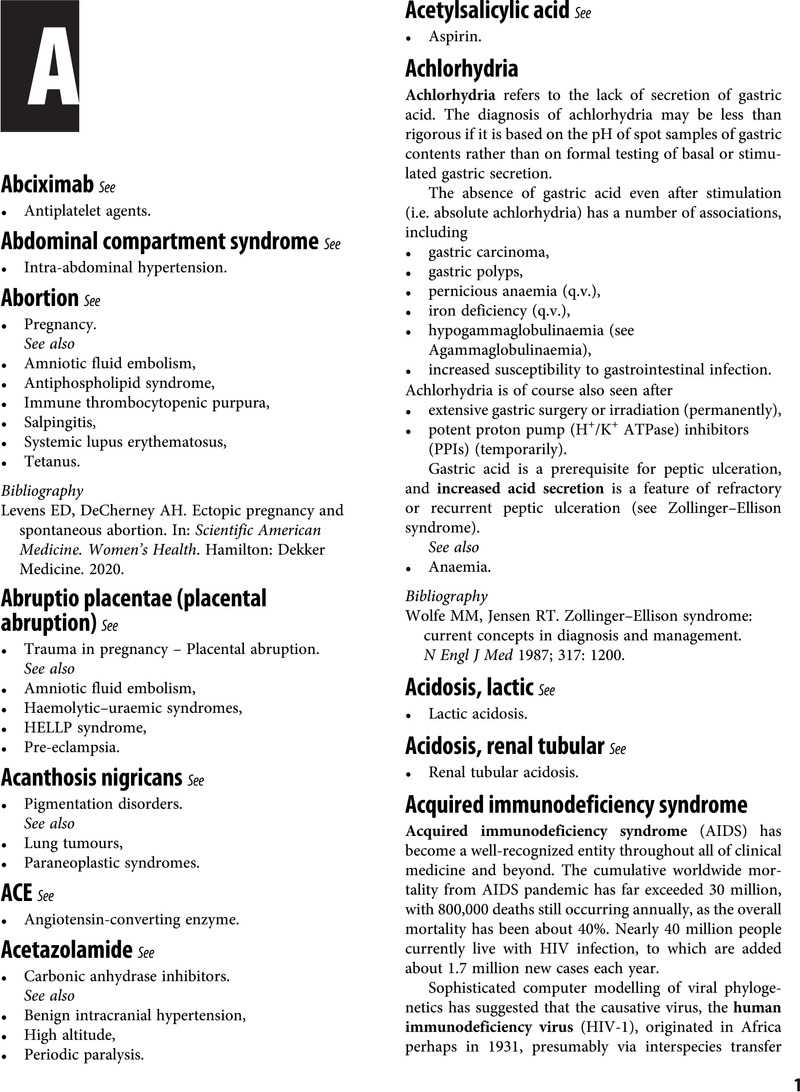Dictionary
Published online by Cambridge University Press: 05 May 2023
Summary

- Type
- Chapter
- Information
- Critical Care Compendium1001 Topics in Intensive Care & Acute Medicine, pp. 1 - xxPublisher: Cambridge University PressPrint publication year: 2023



